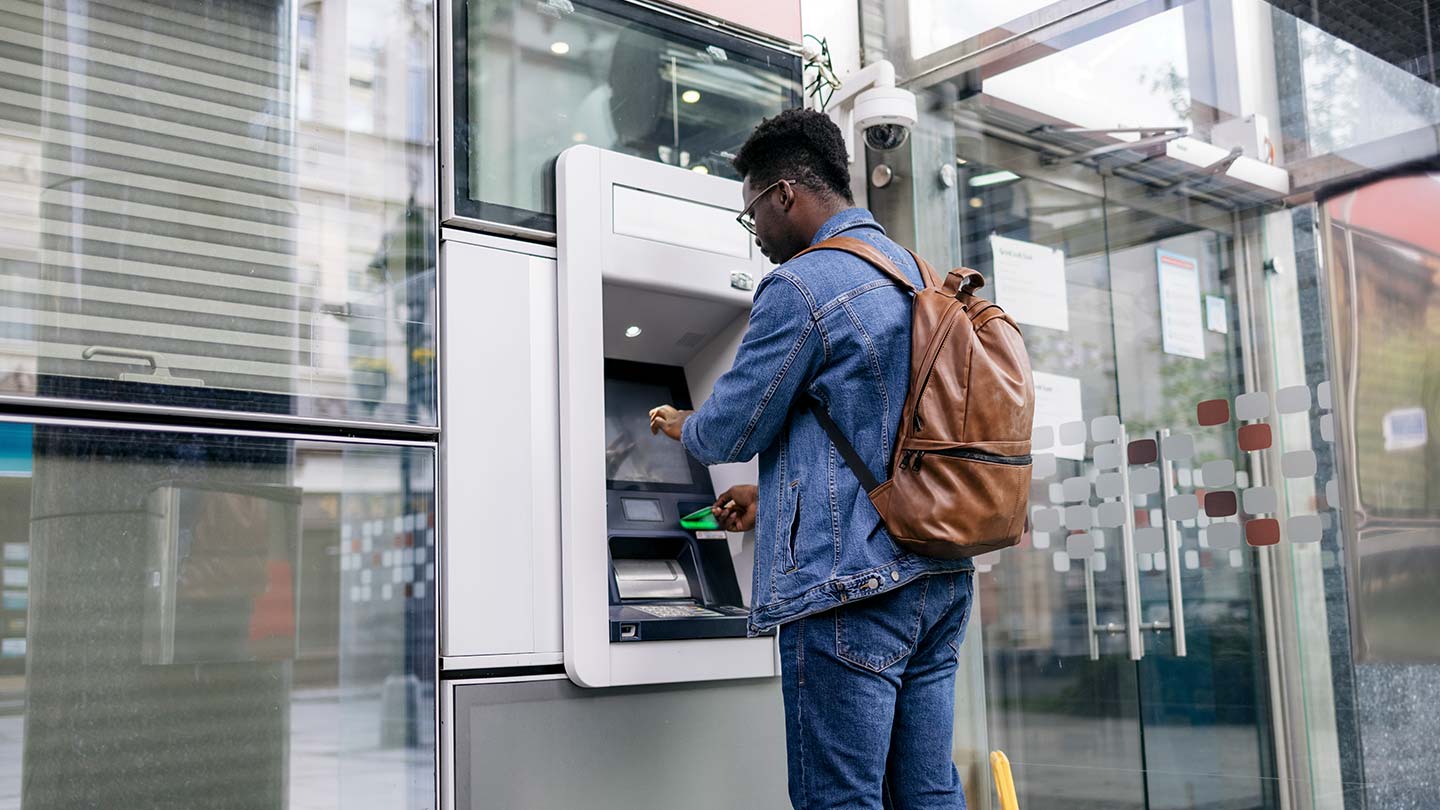Today, the JPMorgan Chase Institute released its Local Consumer Commerce Index (LCCI) for November 2017, which showed increased spending in 12 out of 14 metro areas analyzed. Local spending in November 2017 increased 1.8 percent from November 2016, a notable increase from the 0.6 percent decline that was registered in October 2017. Houston, which continues to recover from Hurricane Harvey, led the way with 5.5 percent increase in growth, while Atlanta and Chicago were the only two metro areas to experience a decline.
In late February, the JPMorgan Chase Institute released a series of briefs on the financial impact financial activity of Hurricanes Harvey and Irma on consumers, businesses and local commerce.
Small metro-areas led the way with an average year-over-year spending growth rate of 2.0 percent in November 2017, with Denver having the highest year-over-year growth rate among the small metro areas at 3.0 percent. Large and mid-sized metro areas also registered positive average year-over-year growth, at 1.9 and 1.5 percent, respectively.
Large-sized metro areas followed shortly behind with 1.9 percent growth and mid-sized metros experienced 1.5 percent growth.
“After a small dip in October, consumer commerce continues to rebound after a destructive hurricane season this fall,” said Diana Farrell, President and CEO, JPMorgan Chase Institute. “Lower-income individuals and younger consumers continue to be key drivers of growth, an interesting trend we’ve seen over time. As we move into data for the holidays, it will be interesting to see if new patterns are emerging.”
Data visualization of the changes in local consumer spending growth over the last 24 months can be found online.
This LCCI report provides a timely view of how the following cities and surrounding metro areas are faring economically, both individually and in aggregate: Atlanta, Chicago, Columbus, Dallas-Ft. Worth, Denver, Detroit, Houston, Miami, Los Angeles, New York, Phoenix, Portland (Ore.), San Diego and San Francisco. By looking at actual, de-identified financial transactions, the LCCI offers an ongoing, dynamic view of the financial health of the U.S. consumer and the vibrancy of the places where businesses operate.
Additional key highlights from the latest Index include:
- Houston’s increase of 5.5 percent represented positive growth for the third month in a row, after a decline of 7.5 percent in August, when Harvey made landfall.
- Two months after Hurricane Irma, spending in Miami grew 1.3 percent for the second consecutive month of growth.
- Atlanta and Chicago, the only two cities that experienced negative growth, experienced spending declines of 0.1 percent, respectively.
- Consumers under 35 contributed 1.9 percent to year over year growth while consumers 55 and over subtracted 0.5 percentage points from growth.
- Spending on fuel contributed 0.5 percentage points to growth, while spending on non-durable goods subtracted 1.2 percent from growth.
- Low income consumers contributed 0.8 percentage points of growth while spending among high income consumers remained flat.
- Large businesses contributed 1.2 percentage points to growth, while small business contributed 0.6 percentage points to growth and contributions from mid-sized businesses remained flat.
The LCCI offers unique advantages over existing measures of consumer spending.
- The LCCI captures actual transactions, instead of self-reported measures of how consumers think they spend.
- The LCCI provides timely data on spending in 14 major metropolitan areas; such geographic granularity is unavailable in most other spending measures. These 14 metro areas mirror the geographic and economic diversity of larger metropolitan areas in the United States and account for 30 percent of retail sales nationwide.
- The LCCI also presents a more granular view of local consumer commerce through five important lenses: consumer age, consumer income, business size, product type, and consumer residence relative to the location of the business. For each lens, we show how different segments contributed to year-over-year spending growth.
- The LCCI captures economic activity in sectors that previously have not been well understood by other data sources. These include sectors such as food trucks, new merchants, and personal services.
Each release of the LCCI describes the economic picture of local communities and provides a powerful tool for city development officials, businesses, investors, and statistical agencies to better understand the everyday economic health of consumers, businesses, and the places they care about.



